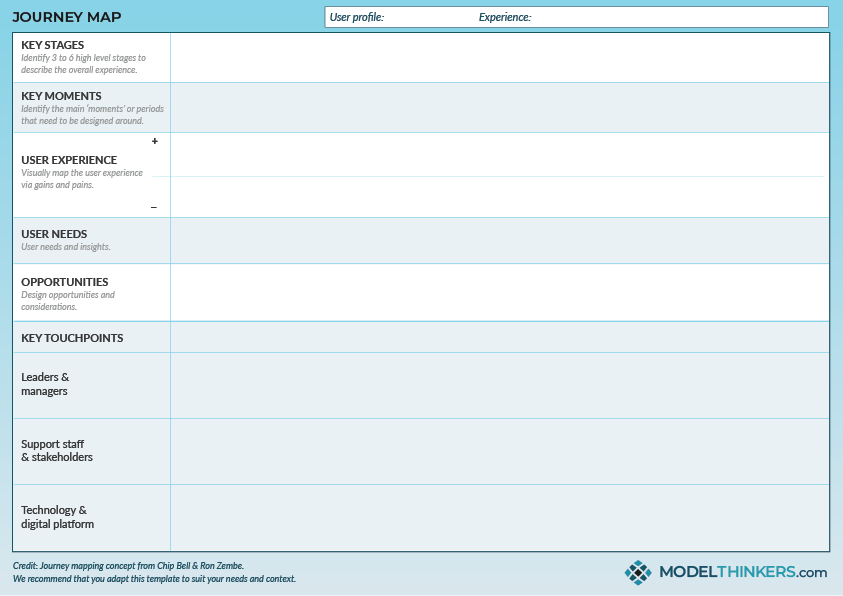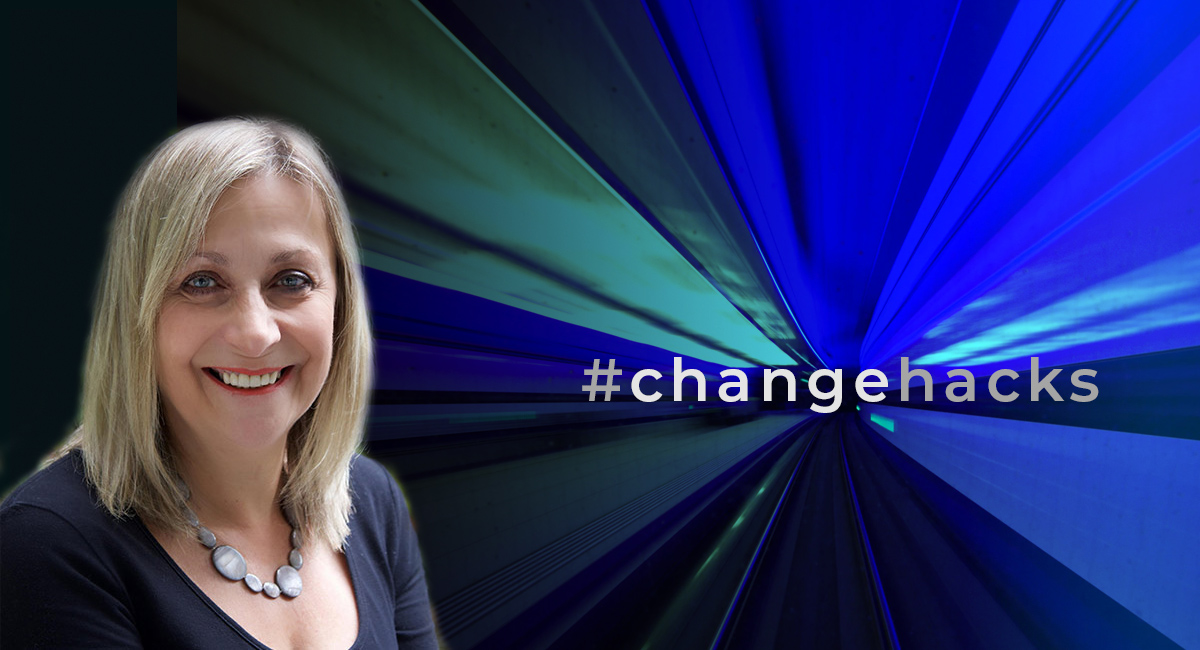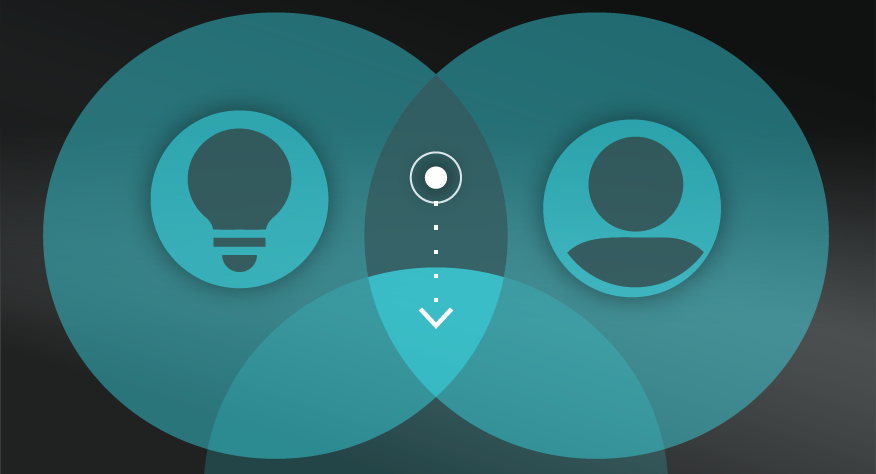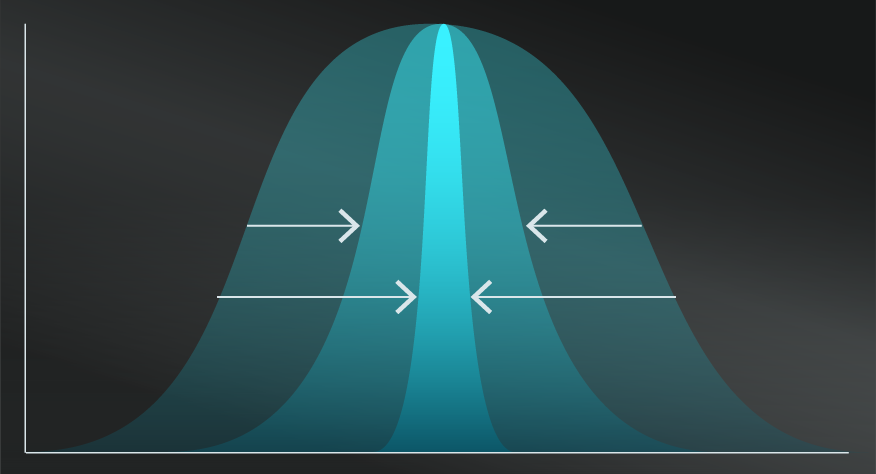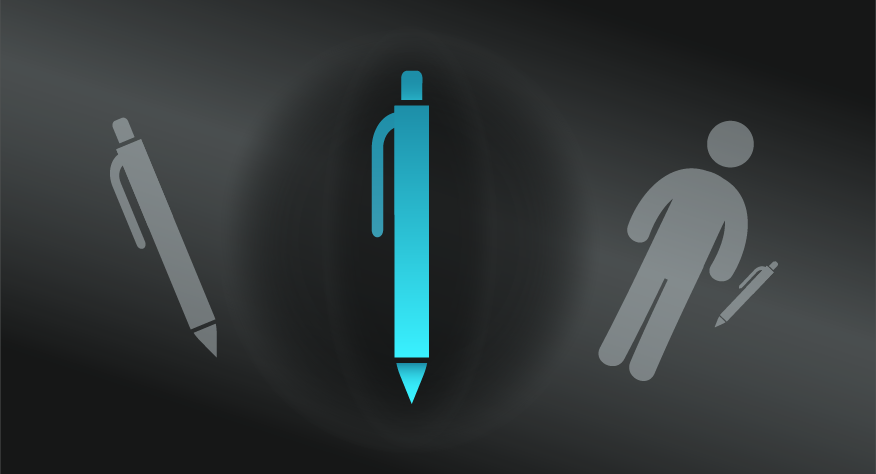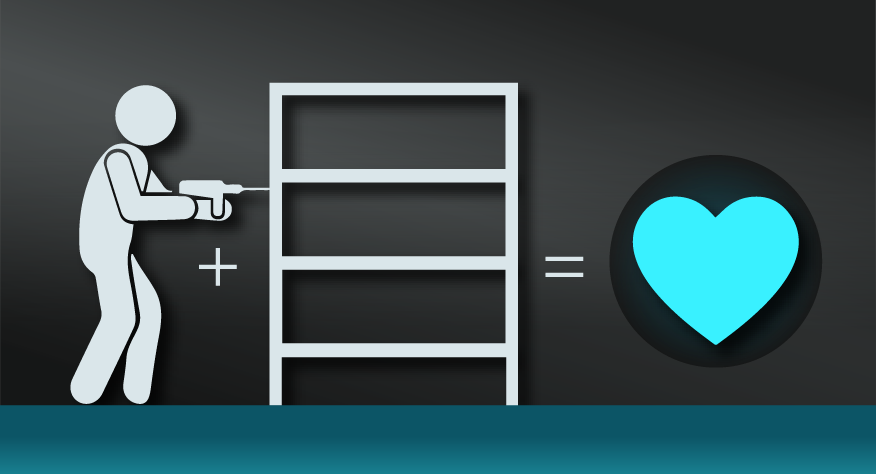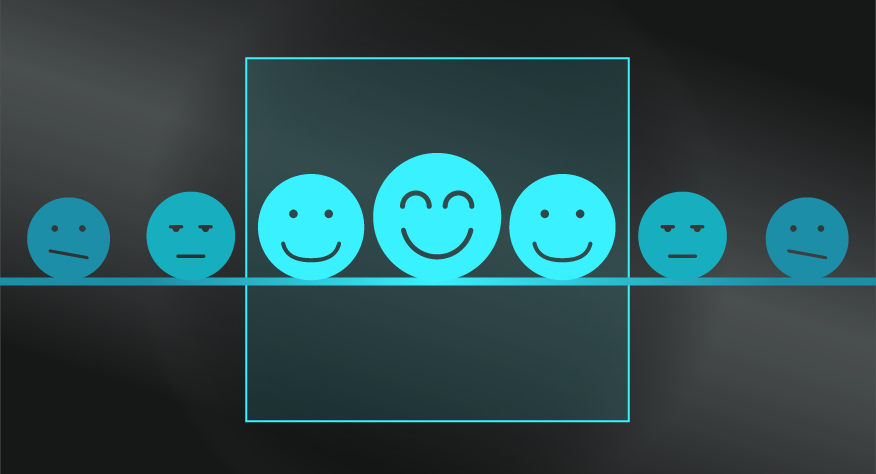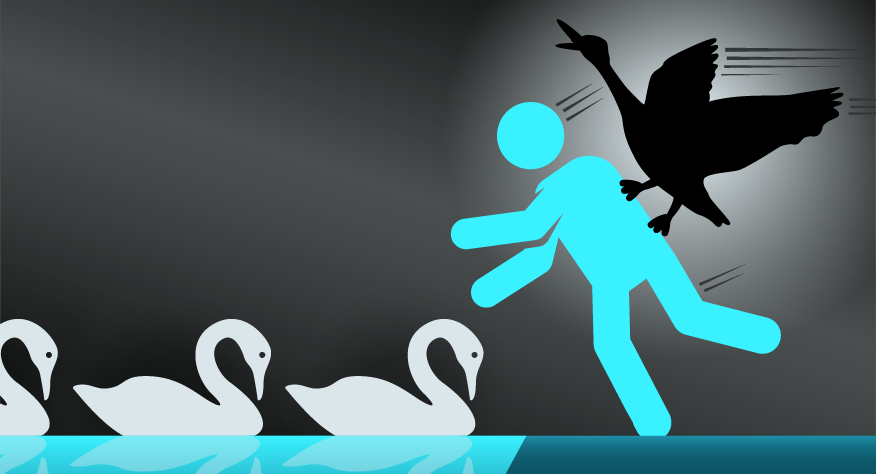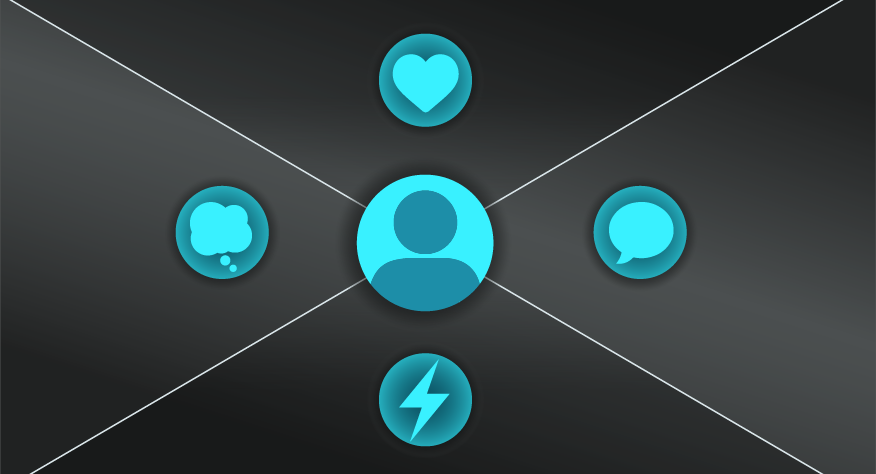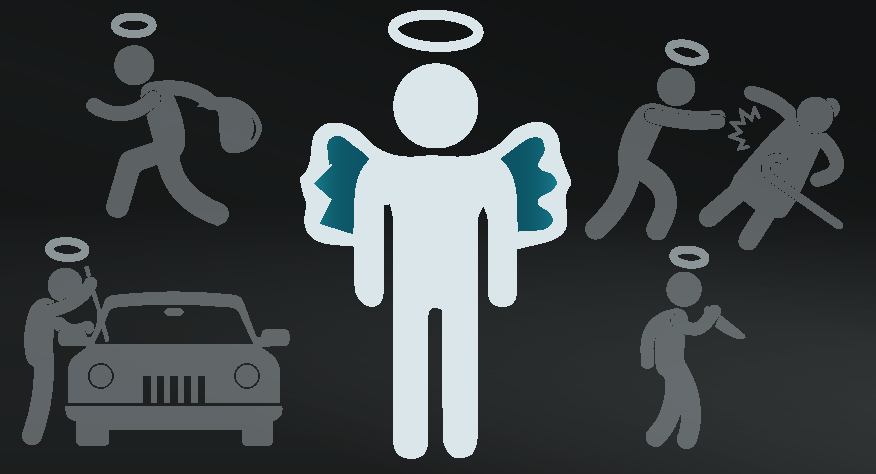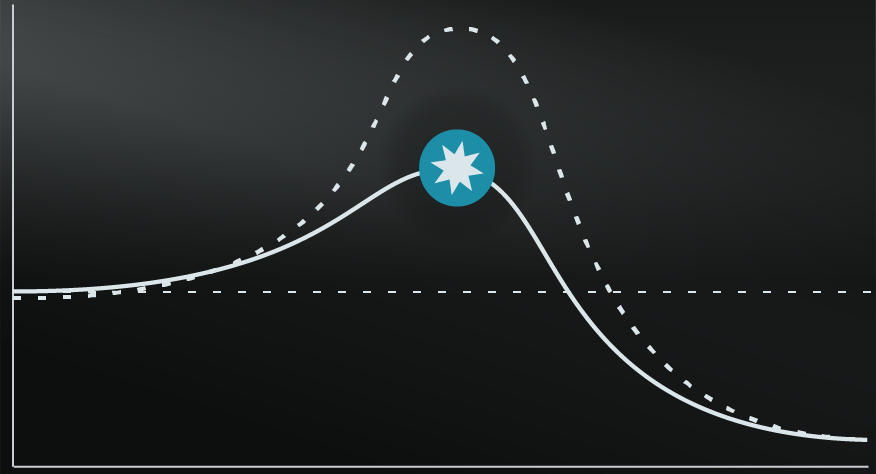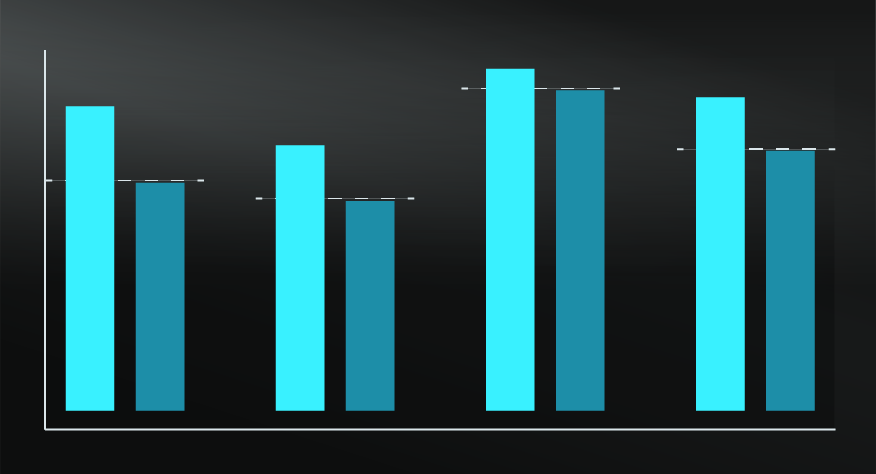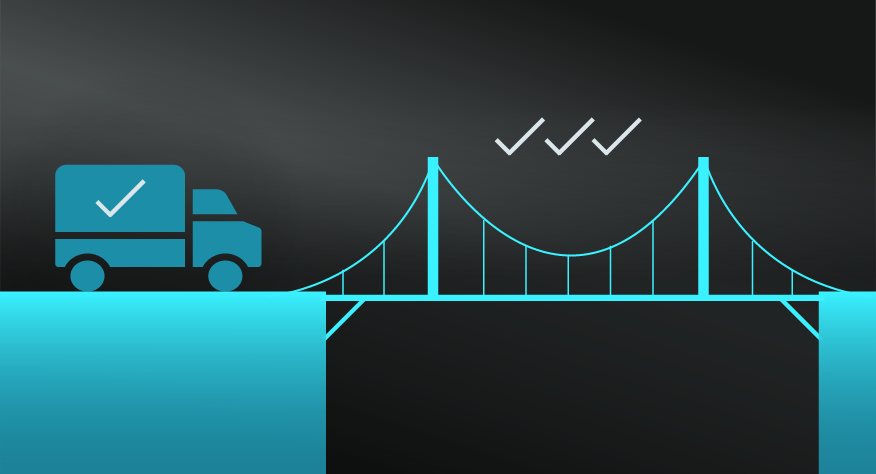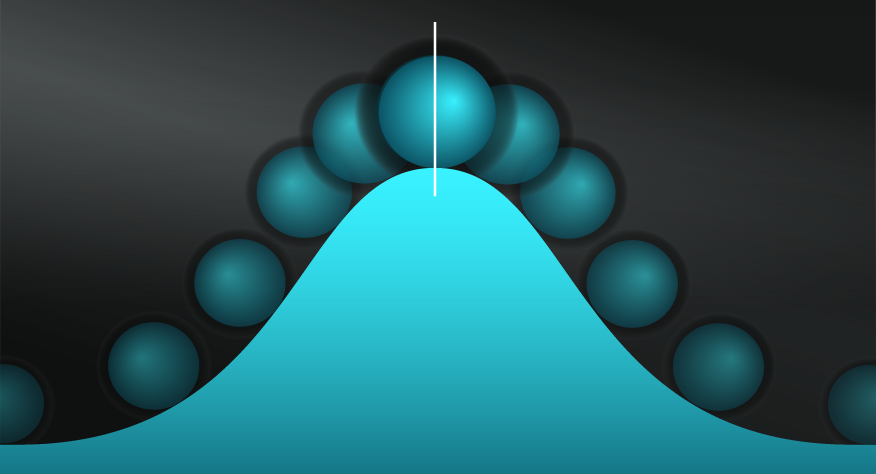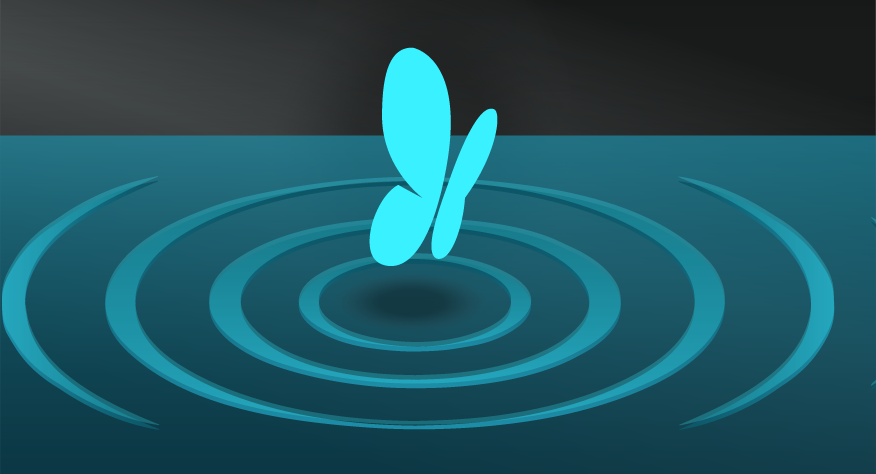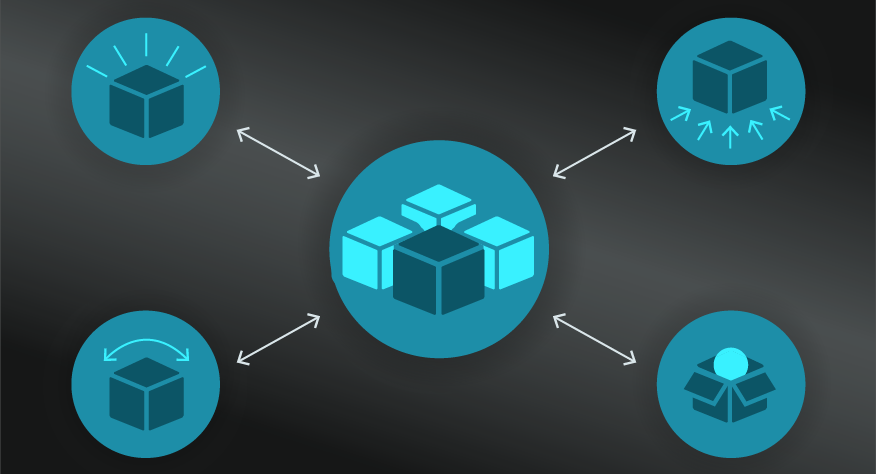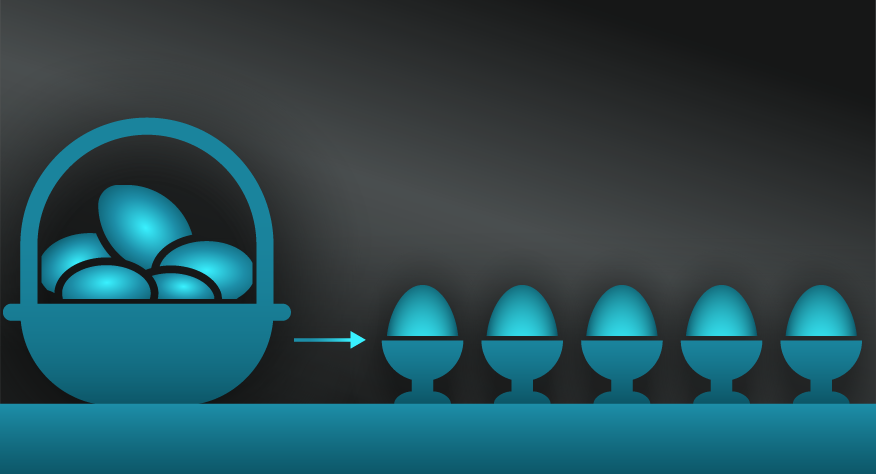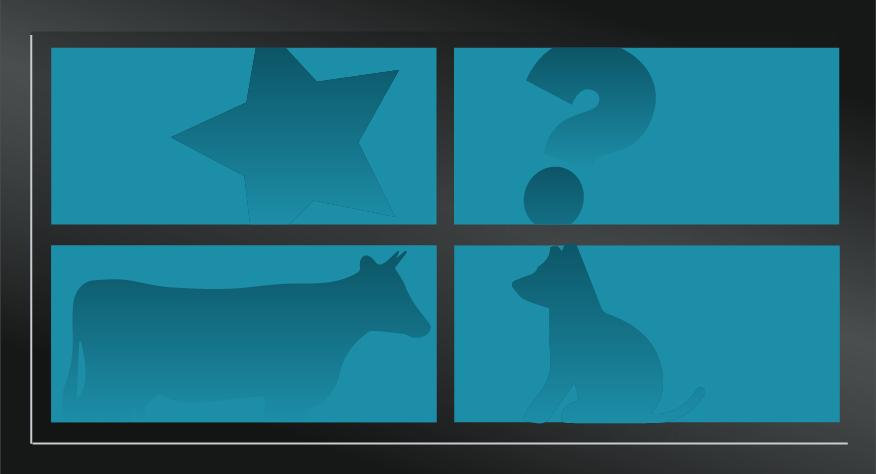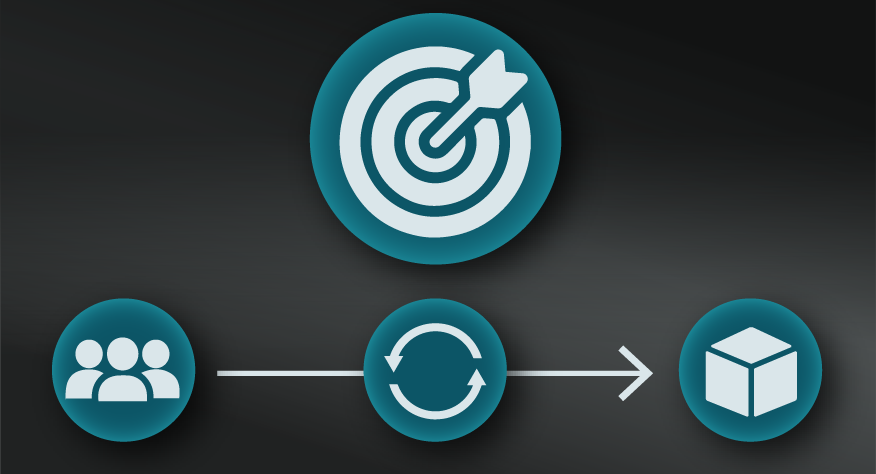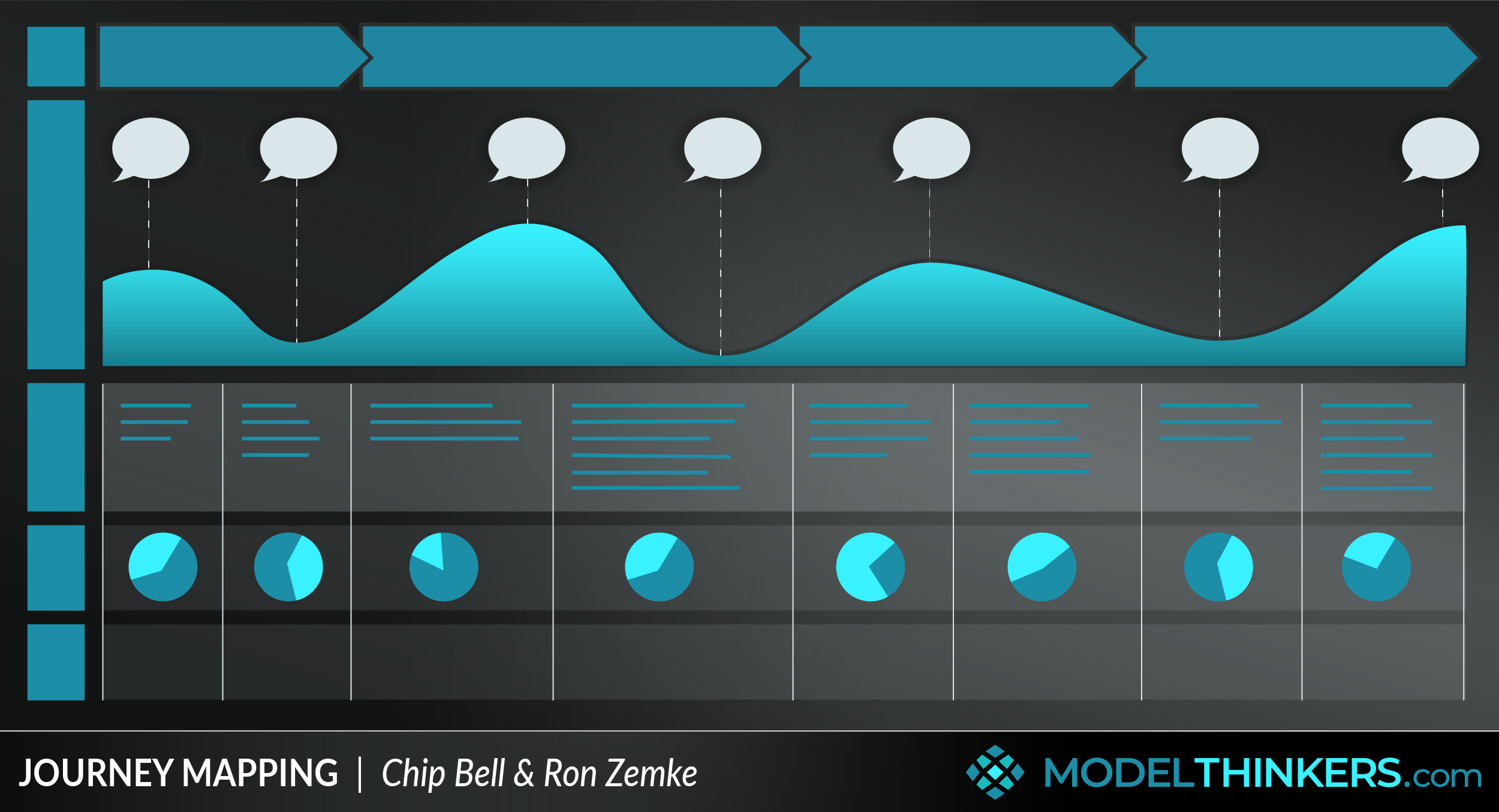
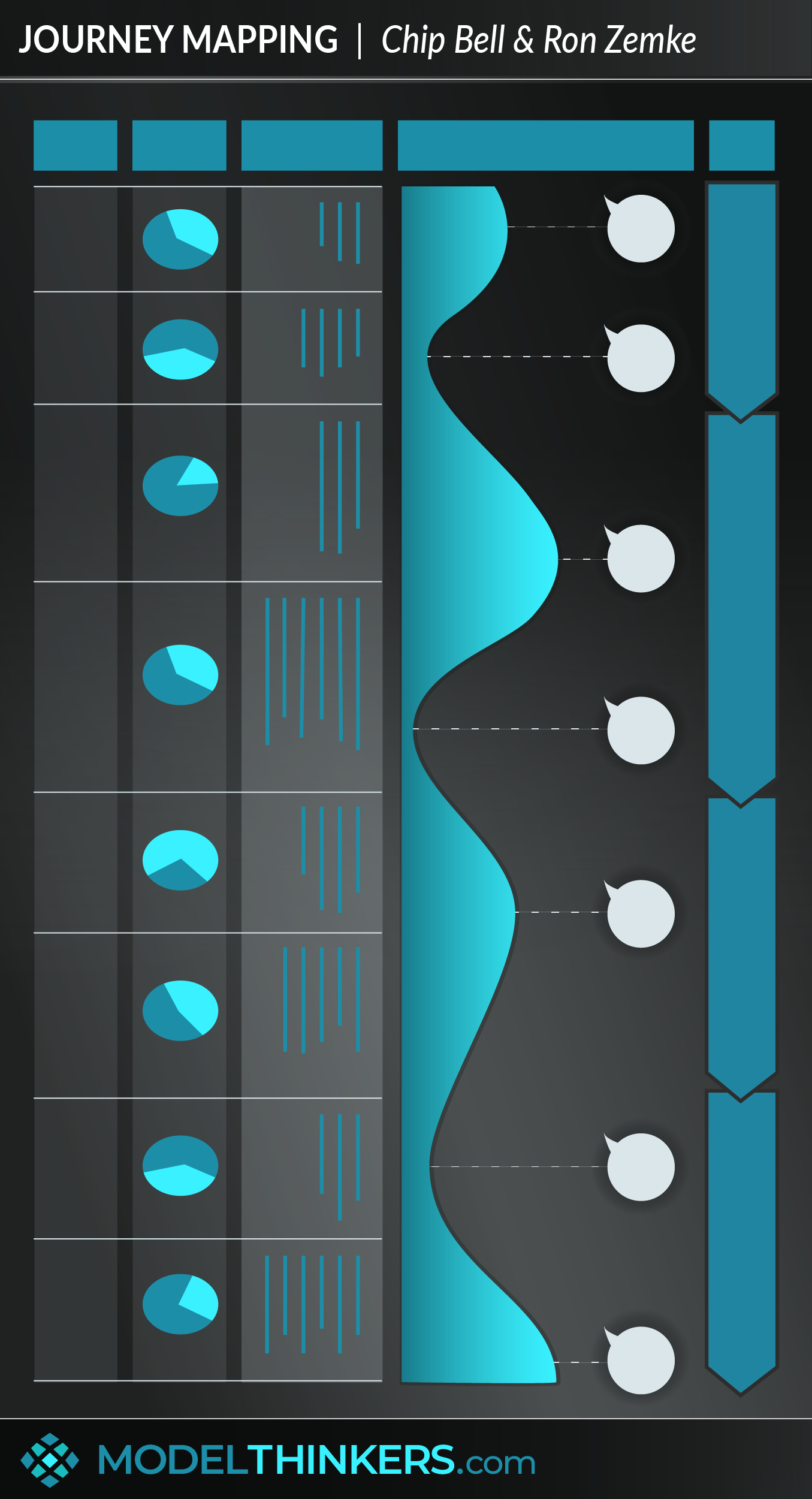
 0 saved
0 saved
 18.1K views
18.1K views








In these days of holistic and end to end customer service, you're going to need a way to capture and describe user experiences.
A Journey Map helps to provide insights into your customer or user needs by describing their experience via a visual journey to reach a goal.
MAPPING TOUCHPOINTS VS EMOTIONAL RESPONSES.
A Journey Map typically tracks key user touchpoints with systems, technology, people, and/or services chronologically against an x-axis, while on the y-axis you might capture the motivation, thoughts, and emotional responses of a user.
Journey Mapping is typically used in Design Thinking and a common feature in UX design, service design, employee experience and sales pipelines to identify points of friction and pain points in an experience and to mitigate them accordingly.
UNDERSTAND TODAY OR PREVIEW TOMORROW.
Journey Mapping is a powerful tool as part of a discovery or scoping exercise to understand the current state situation. In such cases, it might involve mapping a customer experience against key touchpoints, charted over time. This can both help to understand and analyse the end-to-end experience and provide an empathetic perspective from which to design from moving forward.
In addition, the same model can be used to preview or describe potential solutions. Using Journey Mapping to preview a future state can provide deeper stakeholder engagement and ensure that an experience, even while touching different departments or technologies, is seamless from a user perspective.
USE AND ADAPT THE TEMPLATE.
See the tools section for a Journey Map template, though there are no firm rules about what you might track against a journey and you should adapt it to your specific needs. For example:
- A sales experience might include customer service touchpoints within a branch, via phone and website.
- A Journey Map to describe an onboarding experience of a new employee might map touchpoints from the IT department, a line manager and the key milestones for their role.
- The design for a new building - from a shop, apartment, or gallery - can be represented as a Journey Map, to describe the physical progress of an individual against their experience.
- A project experience could be mapped out using the phases of the project versus the expected morale and state of the delivery team or even key stakeholders.
- A company transformation might be mapped out using Journey Maps, capturing key periods of change versus the employee experience.
The scale of the Journey Map should be fit for purpose — and could span a ten-minute experience to several months.
IN YOUR LATTICEWORK.
As mentioned, Journey Mapping is often used as part of a co-design and Design Thinking process and helps to empathise with the customer’s experiences, often incorporating Personas. You might also focus lest on building out individual elements of your user and focus on their goal via the Jobs to be Done Framework.
Use it to identify points of friction and potential Activation Energy, and assist with Nudge design by analysing the current state and combining it with the EAST Framework. Also, when designing memorable and impactful experiences, you should consider combining Journey Mapping with the Peak-End Heuristic.




- Identify goals and scope.
Consider what customer goal and the associated journey you wish to explore. Consider whether you want to explore the current state or outline a proposed future state solution. Ideally, identify a single clear goal that will define the journey. This will inherently define the length of the journey map.
- Choose a customer profile.
Consider whose story you want to tell — this might range from a generic customer inspired by the Jobs to be Done Framework, or a more specific Persona.
- Research.
Even if you’ve already established a persona, this stage will ideally involve a deeper investigation into the reality of their end-to-end experience. You might use user data, observation, interviews or gain first-hand input via a co-design approach with members from the target audience group.
- Map events and touchpoints.
Identify the chronologically based events or touchpoints over the journey. These will become the key x-axis points that you will map other elements over. Generating them will ideally involve a workshop with key stakeholders and audience members to define all relevant touchpoints.
- Map emotional experience and pain points.
Empathise with your persona and consider where the pain points and areas of friction exist over the journey. Where are the blockers and the moments of frustration? Similarly, consider other emotional points, including highs, satisfaction and enjoyment. These are often mapped visually over the journey.
- Map motivation and thoughts.
Capture key snapshots into your persona’s mind. This is generally captured with simple speech bubbles, outlining thoughts and motivation of a persona written in first person.
Journey Maps are limited by the choice of Persona and scope and the research behind the experience description. The first issue, or defining Persona and scope, tends to be most problematic when the project team is not clear what problem they are solving or what issue they wish to investigate.
In terms of research, like any persona or qualitative-based analysis, it can be subject to biases and assumptions and the finding should be tested further.
Completing a tax return.
This detailed Journey Maps by service designer Mel Edwards describes an individual journey placing a tax return. See the full-size journey map on Mel Edward’s site here.
Journey Maps are often presented as part of a design thinking suite of tools and typically applied to UX design, service design, employee experience and sales pipelines.
Use the following examples of connected and complementary models to weave journey maps into your broader latticework of mental models. Alternatively, discover your own connections by exploring the category list above.
Connected models:
- Design thinking: which incorporates a range of approaches including journey maps.
- Jobs to be done: when the context, motivation and goal are better drivers to define an experience than personas.
- Personas: more common ways to describe an experience.
- Empathy maps: taking a snapshot of feelings, thoughts, inner voice and actions of a user.
Complementary models:
- Chain reaction/ domino effect: consider the linked flow of events or emotions. For example, a long wait to lodge a complaint might heighten frustration and lead to ongoing issues throughout a customer engagement.
- Activation energy: a useful mental model when considering an experience and potential friction.
The origins of Journey Mapping can be traced back to Chip Bell and the late Ron Zemke. They developed the approach in the 1980s, calling it ‘cycle of service mapping’ and also described it in their 2003 book Service Mapping.
Bell continues to work as a consultant and keynote speaker in the customer service industry. Bell has authored or co-authored 24 books around the topic, his latest is Inside your Customer’s Imagination, which outlines his current approach to co-creation and understanding customer needs.
 My Notes
My Notes
Oops, That’s Members’ Only!
Fortunately, it only costs US$5/month to Join ModelThinkers and access everything so that you can rapidly discover, learn, and apply the world’s most powerful ideas.
ModelThinkers membership at a glance:






“Yeah, we hate pop ups too. But we wanted to let you know that, with ModelThinkers, we’re making it easier for you to adapt, innovate and create value. We hope you’ll join us and the growing community of ModelThinkers today.”
